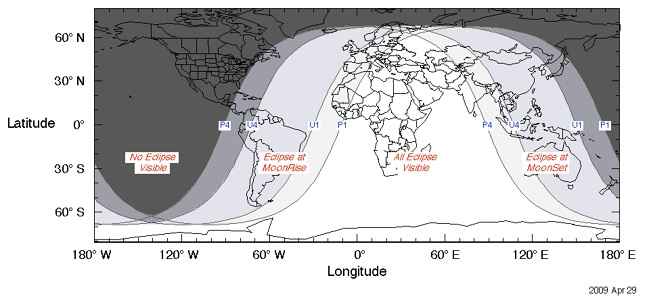Get ready to witness a dimmed view of the Moon as yet another partial lunar eclipse is nearly upon us. The people of Africa, Asia, Australia, South America, and Europe will get a chance to view the cosmic spectacle from the terrace of their homes both today and tomorrow. In India, one can be expected to get a full view of the partial lunar eclipse in the early hours of July 17 (tomorrow). During a lunar partial eclipse, the Earth moves between the Sun and Moon but the three bodies do not form a straight line in space, thereby causing only a partial shadow of the Earth to fall on the Moon’s surface. The eclipse is expected to be visible for nearly three hours.

According to NASA, an umbra of two-thirds of the Earth’s surface is expected to fall on the Moon, which will form the “Greatest Eclipse”. The umbral coverage is expected to go on for 2 hours, 57 minutes, 56 seconds. The penumbral coverage, on the other hand, is expected to go on for 5 hours, 33 minutes, 43 seconds. There are four eclipse contact times that NASA identifies in tonight’s show: P1, U1, U4, and P4, where P stands for penumbra and U stands for umbra. The penumbral coverage is expected to start tomorrow at 12:13 AM IST, while the umbral coverage is expected to start a little later at 1:31 AM IST. The eclipse is expected to be most visible at around 3:00 AM IST. The umbral coverage is expected to end tomorrow at 4:29 AM IST, while the penumbral coverage is expected to end a little later at 5:47 AM IST.

The partial lunar eclipse is taking place around the same time the world celebrates the 50th anniversary of the launch of Apollo 11, the spacecraft that put the first human beings on the Moon. On July 16, 1969, NASA launched Apollo 11 on a Saturn V rocket from Kennedy Space Center on Merritt Island, Florida with Commander Neil Armstrong at the helm along with Michael Collins and Buzz Aldrin.
from Latest Technology News https://ift.tt/2ltl7Pz

No comments:
Post a Comment